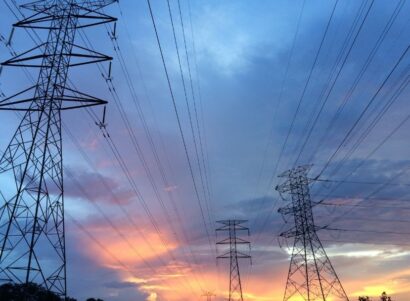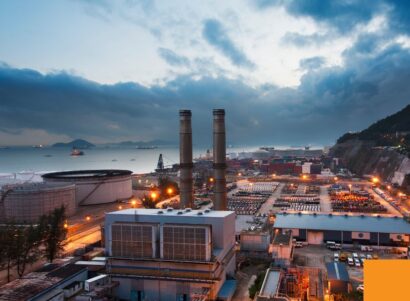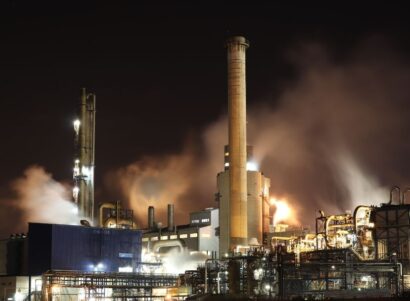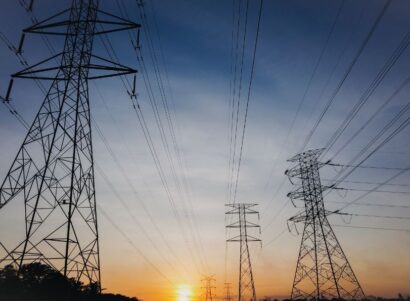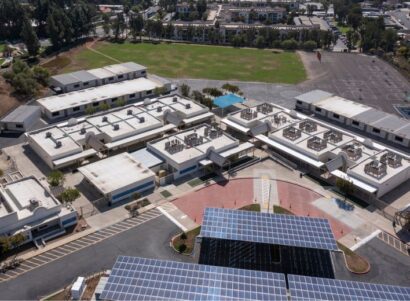Abstract
This study analyzes a plan to convert New York State’s (NYS’s) all-purpose (for electricity, transportation, heating/cooling, industry) energy infrastructure to one derived entirely from wind, water, and sunlight (WWS) generating electricity and electrolytic hydrogen. Under the plan, NYS’s 2030 all-purpose end-use power would be provided by 10% onshore wind (4020 5-MW turbines), 40% offshore wind (12,700 5-MW turbines), 10% concentrated solar (387 100-MW plants), 10% solar-PV plants (828 50-MW plants), 6% residential rooftop PV (~5 million 5-kW systems), 12% commercial/government rooftop PV (~500,000 100-kW systems), 5% geothermal (36 100-MW plants), 0.5% wave (1910 0.75-MW devices), 1% tidal (2600 1-MW turbines), and 5.5% hydroelectric (6.6 1300-MW plants, of which 89% exist).
The conversion would reduce NYS’s end-use power demand ~37% and stabilize energy prices since fuel costs would be zero. It would create more jobs than lost because nearly all NYS energy would now be produced instate. NYS air pollution mortality and its costs would decline by ~4000 (1200-7600) deaths/yr, and $33 (10-76) billion/yr (3% of 2010 NYS GDP), respectively, alone repaying the 271 GW installed power needed within ~17 y, before accounting for electricity sales. NYS’s own emission decreases would reduce 2050 U.S. climate costs by ~$3.2 billion/yr.
This study was published in Energy Policy in 2013.

 Study
Study